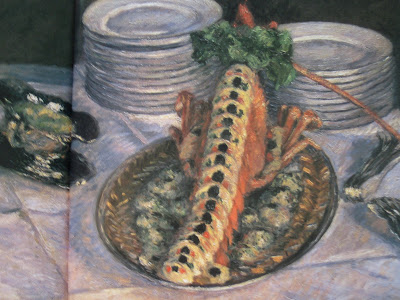 Marilyn. 1967. Screenprint on paper. 36 x 36 in. Museum of Modern Art, New York, NY.
Marilyn. 1967. Screenprint on paper. 36 x 36 in. Museum of Modern Art, New York, NY.
Andy Warhol: Born Pittsburgh, PA. Died: NYC, 1987. American painter, printmaker, sculptor, draughtsman, film-maker and writer, one of the most famous and controversial artists of the 20th century. During the 1950s he was enormously successful as a commercial artist in NY. In 1960 he began making pictures based on mass-produced images like ads, comics and in 1962 of Campbell's soup cans. They were shown that year with sensational success and he soon became the best known figure in American Pop art. He then embarked on a lengthy series of pictures of Marilyn, Monroe, Elvis Presley, Liz Taylor and other celebrities. There was also a car crash series - whatever the subject matter, he often mode use of rows of repeated images.
The screen printing process that he favored allowed infinite replication and he was opposed to the idea of a work of art as a piece of craftsmanship, handmade and expressing the personality of the artist: 'I want everybody to think alike. I think everybody should be a machine.' In keeping with this outlook he used clippings of 'dehumanized' illustrations from the mass media as his sources, turned out his works like a manufacturer, and called his studio 'The Factory.' In 1965, he began making more films and managed the musical group, the Velvet Underground. In 1968, Warhol was shot by a bit-part player in one of this films - Valerie Solanes - an incident that added to his legendary status. He recovered and began doing portraits for the rich and famous. He died of a routine gall-bladder operation - because of volume overload. His fortune was estimated at $100,000,000, most of which went to create an arts charity, the Andy Warhol Foundation. In 1994 a museum dedicated to his work opened his home town of Pittsburgh. (Ian Chilvers)
 Vallauris: Ten Years of Picasso Ceramics 1958.
Vallauris: Ten Years of Picasso Ceramics 1958.


























